Recommend
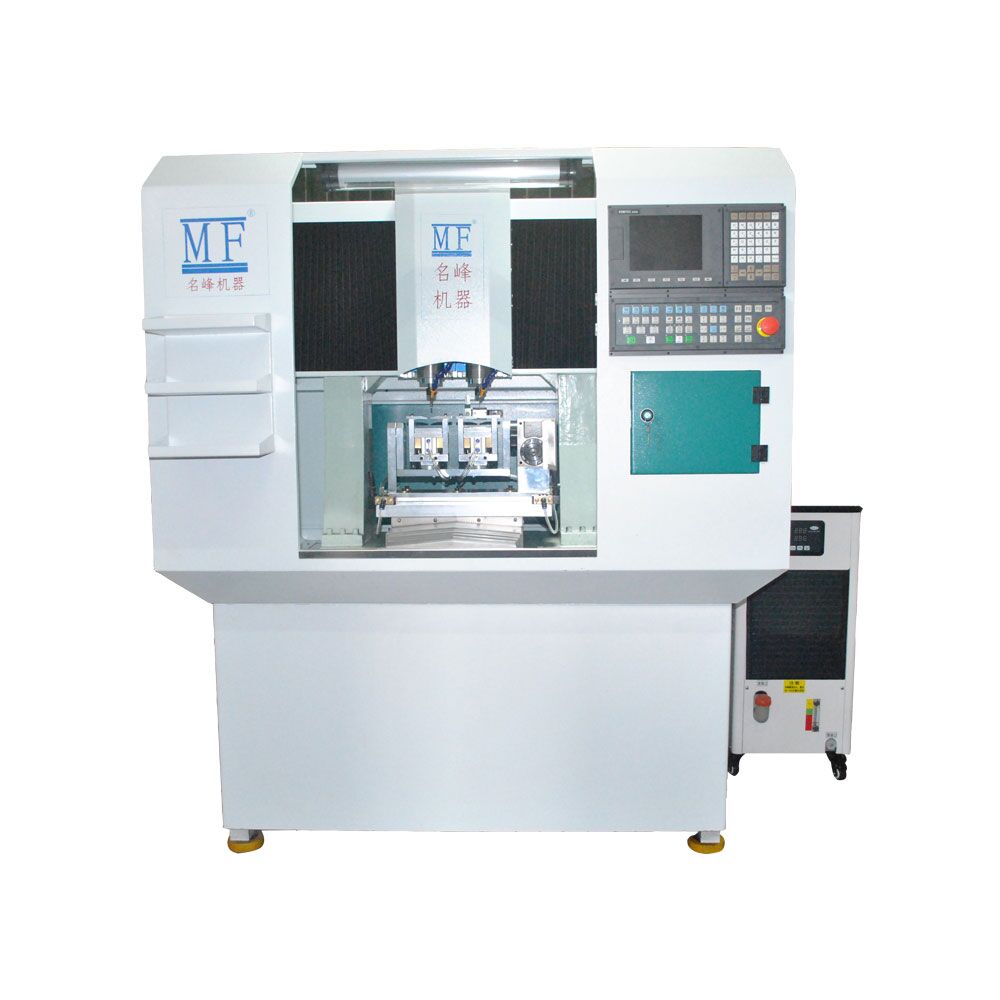
Five-axis double-head multi-function CNC...
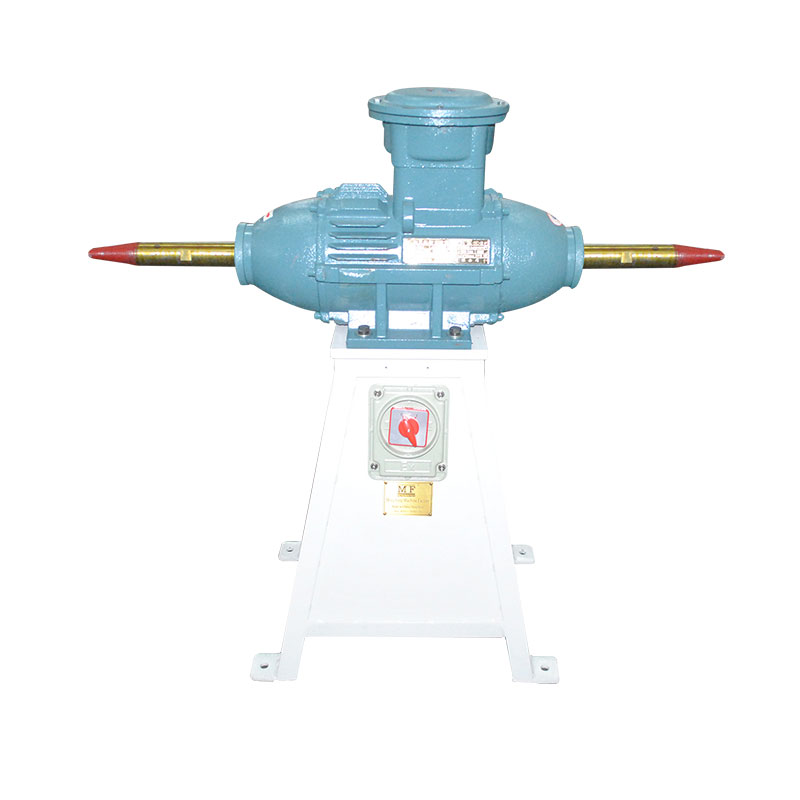
Gold frame explosion-proof polishing...
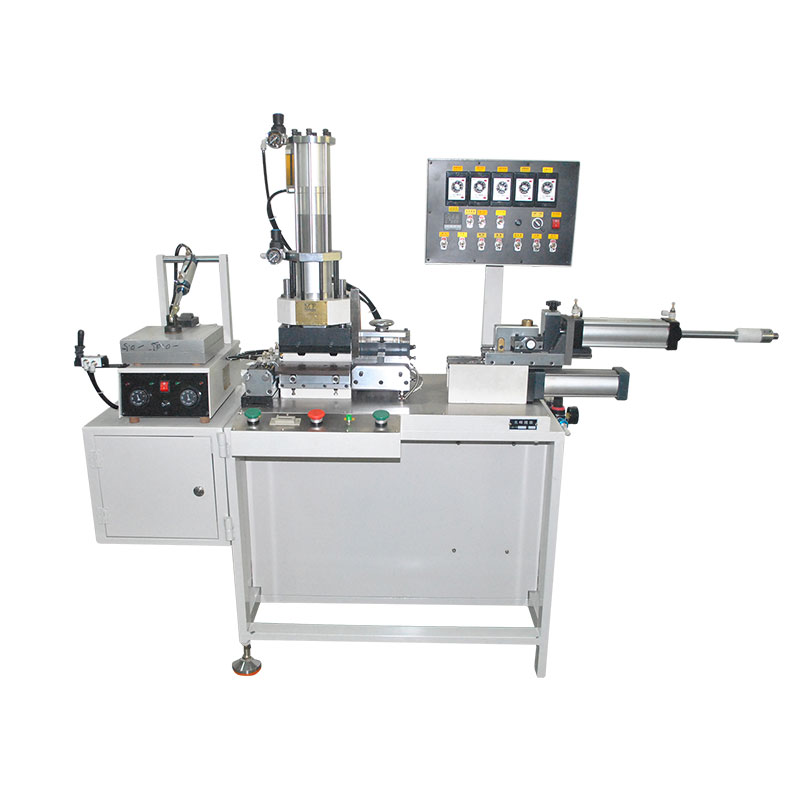
New dual axis copper core machine
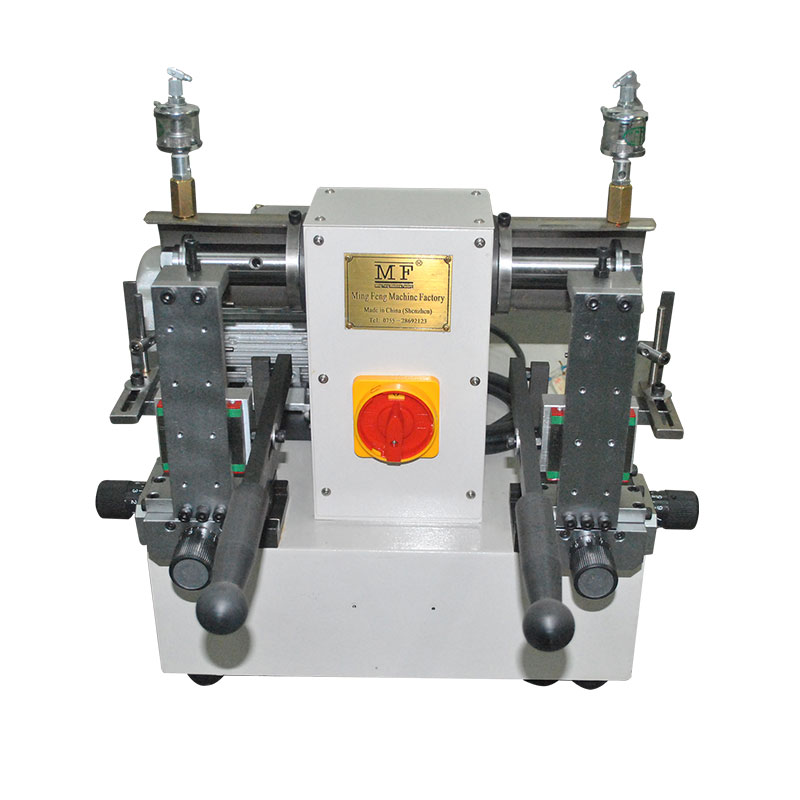
Manual Pile Cutting Machine II
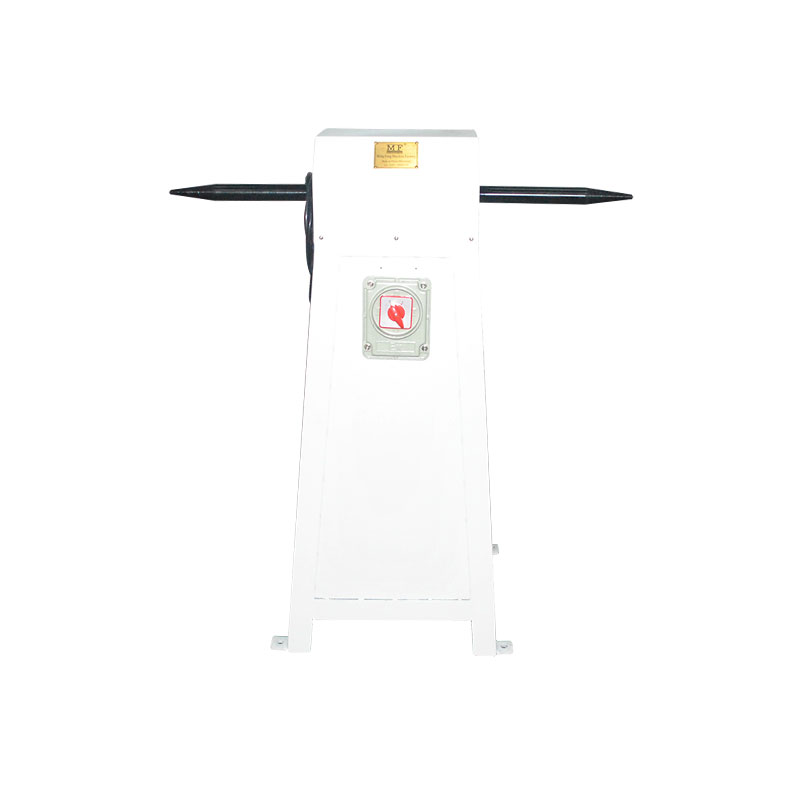
Explosion-proof polishing machine for...
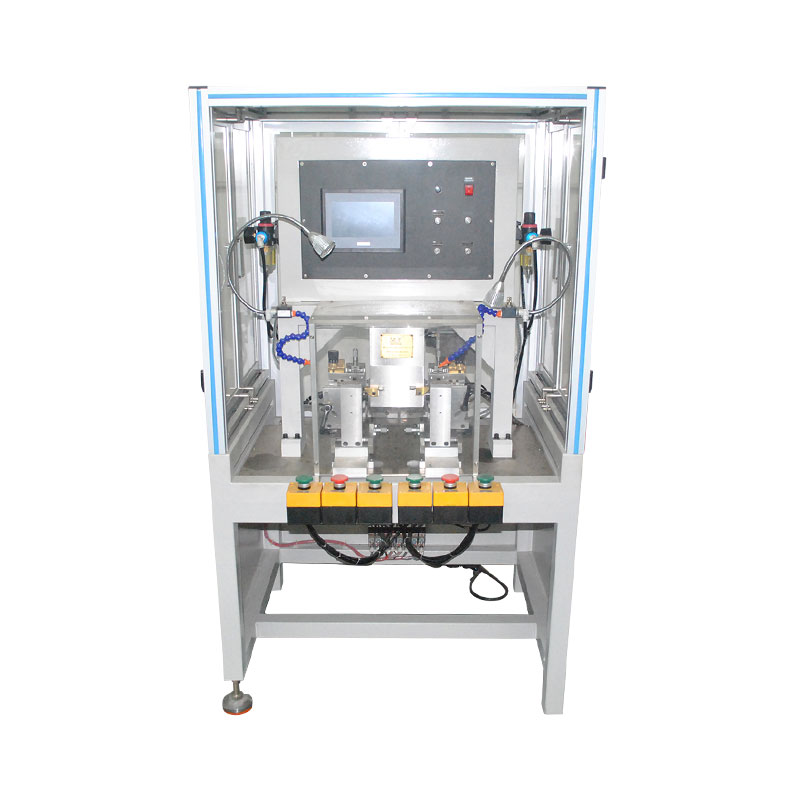
Environment-friendly double-head cutting...
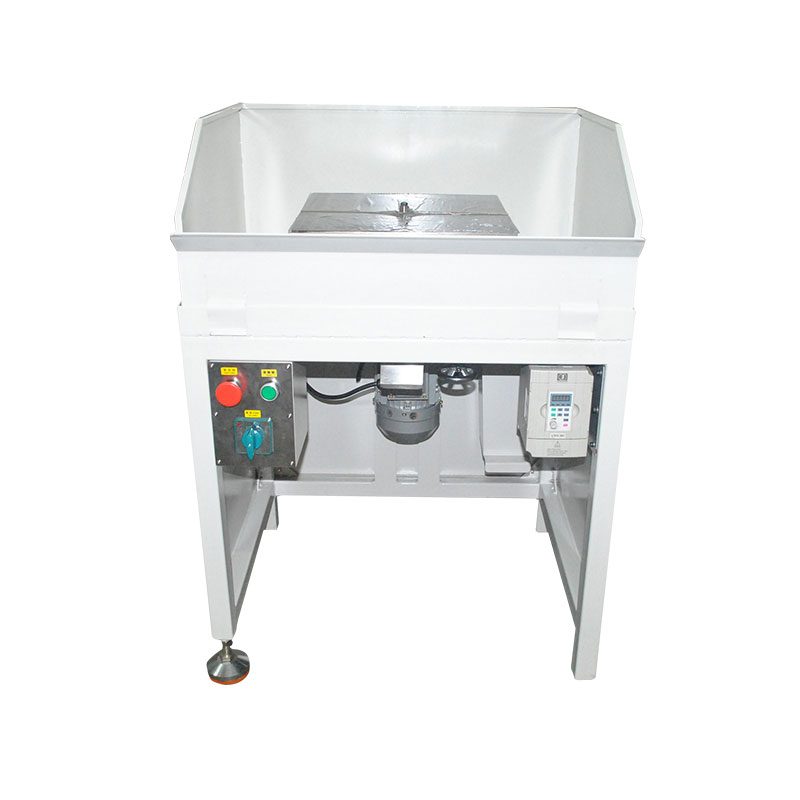
Environment-friendly high-speed gong...
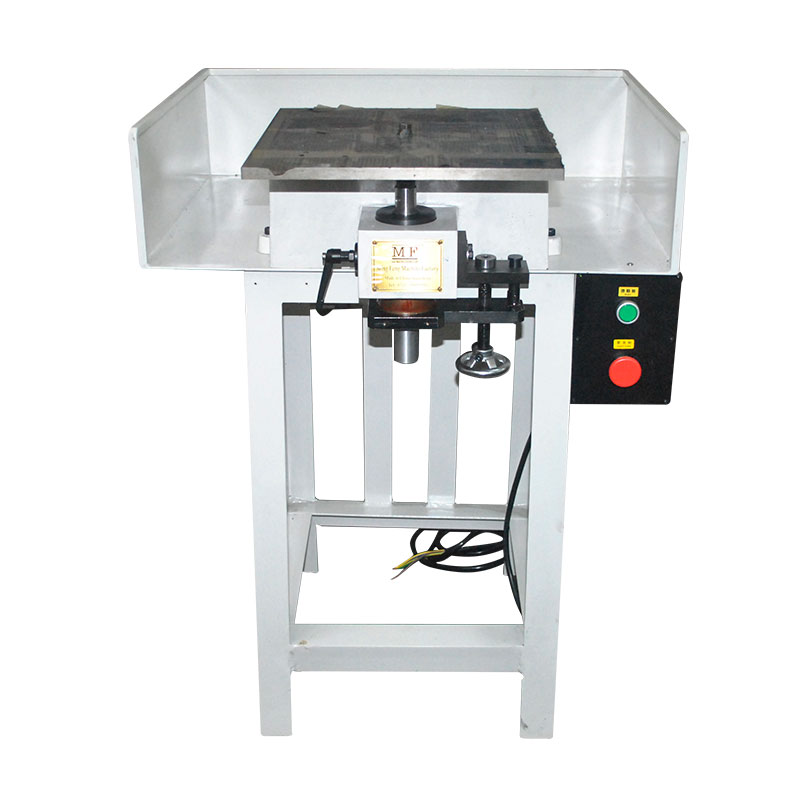
High-speed gong machine
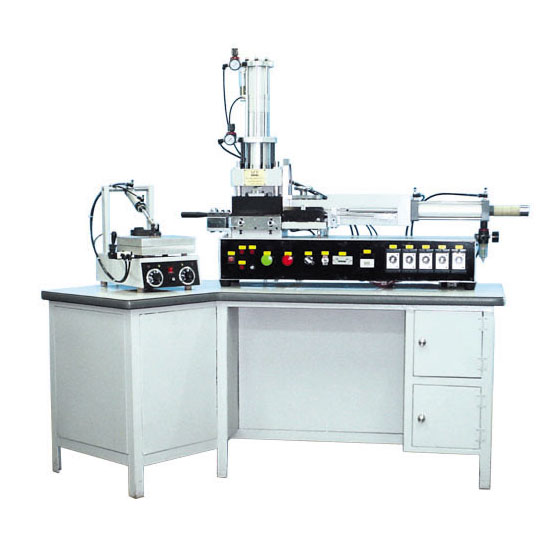
Single axis copper core machine
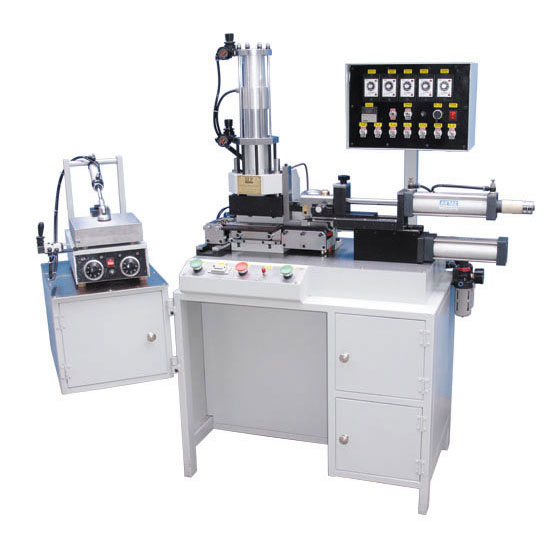
New dual axis copper core machine
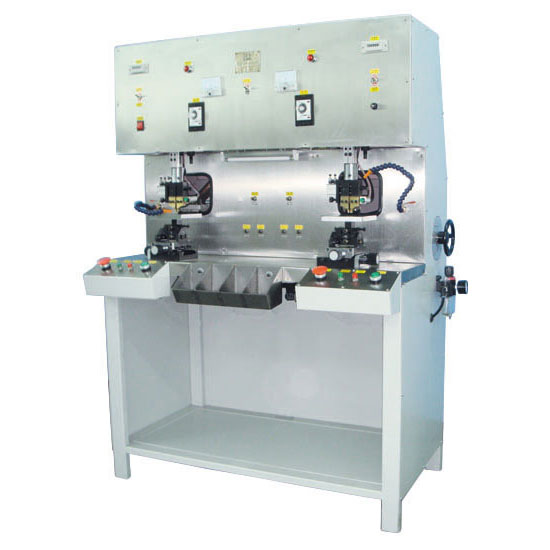
Nail glue machine
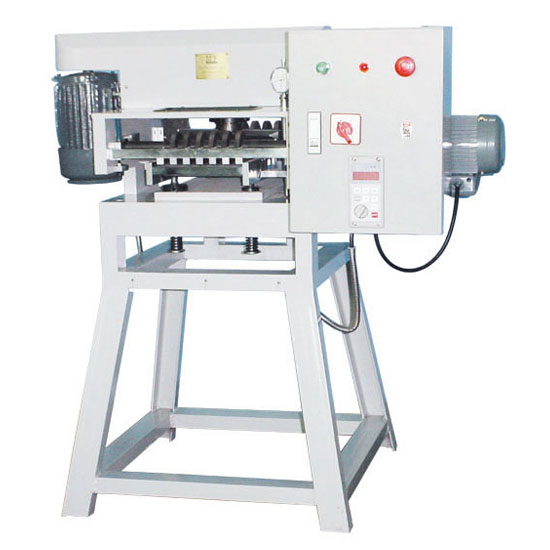
Planer
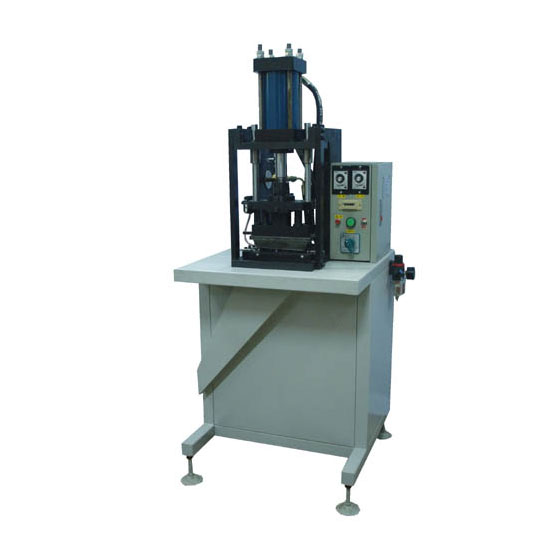
Hydraulic punching machine
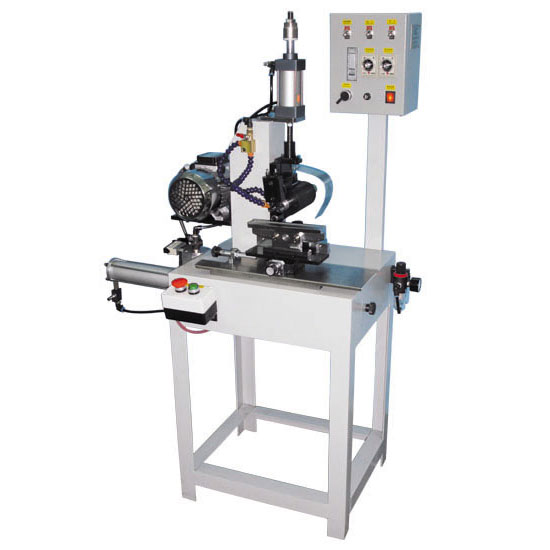
Wind oil pressure planer
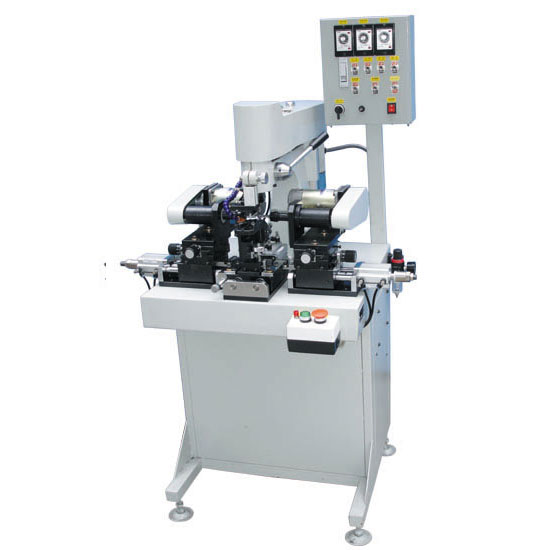
The new automatic three-sided planing...
Industry News HOME >> News >> Industry News
When users buy high-power UPS, they often face the confusion of choosing between industrial frequency machines and high-frequency machines. As far as UPS manufacturers are concerned, of course, they all think it is their own good. Manufacturers who provide power frequency machines say that the stability and reliability of power frequency machines are high, and manufacturers who provide high frequency machines will say that high frequency machines save space and the cost is relatively low. In fact, it is difficult to generalize whether the industrial frequency machine and the high-frequency machine are superior or inferior. Users should objectively review their applications and needs on the basis of a comprehensive understanding of these two UPS models, and choose products that suit their needs.
This article refers to:
1 Principle analysis of power frequency machine and high frequency machine
Industrial frequency machine and high frequency machine are distinguished according to the operating frequency of the UPS design circuit. The power frequency machine is designed based on the principle of traditional analog circuit, which is composed of SCR rectifier, IGBT inverter, bypass and power frequency boost isolation transformer. Because the working frequency of the rectifier and transformer are both 50Hz, the frequency is called the power frequency UPS as the name implies. The high-frequency machine is usually composed of IGBT high-frequency rectifier, battery converter, inverter and bypass. IGBT can be controlled to turn on and off by controlling the drive added to the gate. The switching frequency of IGBT rectifier is usually in the range of several kilohertz to tens of kilohertz, or even up to hundreds of kilohertz, which is much higher than the power frequency machine, so it is said It is a high-frequency UPS.
In the power frequency UPS circuit, the main three-phase AC input passes through the commutation inductor and is connected to the rectifier composed of three SCR bridge arms to transform into a DC voltage. The output DC voltage value is adjusted by controlling the conduction angle of the SCR of the rectifier bridge. Since the SCR is a half-control device, the control system can only control the turn-on point. Once the SCR is turned on, it cannot be turned off even if the gate drive is cancelled. It can only be turned off naturally after its current is zero. Therefore, its turn-on and turn-off are based on a power frequency cycle, and there is no high-frequency turn-on and turn-off control. Since the SCR rectifier is a step-down rectifier, the AC voltage of the DC bus voltage output by the inverter is lower than the input AC voltage. To obtain a constant 220V output phase voltage, a boost isolation transformer must be added to the inverter output.
In comparison, high-frequency UPS rectification belongs to boost rectification, and the output DC bus voltage is higher than the peak value of the input line voltage. The typical value is about 800V. If the battery is directly connected to the bus, the number of standard battery cells required is 67, which brings great limitations to practical applications. Generally, a high-frequency UPS will be equipped with a battery voltage converter separately. When the commercial power supply is normal, the battery converter lowers the 800V bus voltage to the battery pack voltage; when the commercial power fails or exceeds the limit, the battery converter raises the battery pack voltage to 800V bus voltage. Since the bus voltage of the high-frequency machine is about 800V, the output phase voltage of the inverter can directly reach 220V, and the step-up transformer is no longer needed after the inverter. Therefore, whether there is an isolation transformer is the main structural difference between a power-frequency machine and a high-frequency machine. 2 The role of UPS output isolation transformer
Isolation transformer is a device that uses the principle of electromagnetic induction to electrically isolate power distribution or signals. Isolation transformers are usually designed at the output of the inverter in the UPS, which can increase the performance of the UPS and improve the quality of the power supply at the load. Generally, the UPS output isolation transformer has the following four advantages:
2.1 Reduce the zero-ground voltage and optimize the power supply network at the end of the UPS
The inverter output of the UPS is equipped with an isolation transformer to isolate the electrical connection between the input and output, thereby effectively reducing the zero-ground voltage of the output. Because the secondary winding of the isolation transformer adopts Y connection, a new neutral line is generated after the neutral point is grounded, so as to achieve the purpose of reducing the zero ground voltage. In fact, HP, IBM, SUN minicomputers have extremely high requirements for zero-earth voltage because of the need to ensure precise computing power and high-reliability data processing and transmission capabilities. Installing an isolation transformer can completely solve the problem of zero-earth voltage deviation. Some problems caused by high.
2.2 Filter harmonics at the load end to improve power supply quality
The isolation transformer itself has inductive characteristics. The output isolation transformer can filter out a large number of low-order harmonics at the load end, reduce high-frequency interference, and greatly attenuate high-order harmonics. The use of power isolation transformers can effectively suppress noise interference that enters the AC power supply and improve the electromagnetic compatibility of the equipment.
2.3 Enhanced overload and short circuit protection, protect the load and UPS host
Due to its own characteristics, the isolation transformer is the most stable device in the UPS. During normal operation of the UPS, if it encounters a large short-circuit current transformer, it will generate a reverse electromotive force, delay the impact and damage of the short-circuit current to the load and the inverter, and protect the load and the UPS host.
2.4 "Connect AC and block DC", protect the load in case of UPS failure
The AC / DC conversion part of the high-value UPS adopts high-frequency design, which improves the input power factor (above 0.98) and input voltage range of the UPS. The high-frequency DC / AC inverter part reduces the volume and power density of the output filter inductor Big. Since there is no output isolation transformer, once the IGBT of the inverter bridge arm is short-circuited, the high DC voltage of the BUS bus will be added to the load, endangering the safety of the load. The output isolation transformer has the ability to "pass AC and block DC", which can solve such problems and enable the load to operate safely when the UPS fails. 3 Performance comparison of power frequency machine and high frequency machine
3.1 In terms of reliability, industrial frequency machines are better than high frequency machines
Power frequency machine adopts SCR rectifier. This technology has been very mature after more than half a century of development and innovation, and its ability to resist current impact is very strong. Since the SCR is a half-control device, there will be no faults such as pass-through and false triggering. In contrast, although the IGBT high-frequency rectifier used in the high-frequency machine has a higher switching frequency, but the IGBT has a strict voltage and current working area during operation, and its impact resistance is low. Therefore, in terms of overall reliability, IGBT rectifier
Inverter related articles: Inverter principle
Previous:The whole process of designing...
Next page:"High frequency machine" will ...
Industry 4.0 is hailed as the fourth industrial revolution, advanced manufacturing model
2020-05-21
U.S. super total solar eclipse is approaching
2020-05-21
Beijing: Electric scooters and balance bikes will be fined 10 yuan
2020-05-21
The whole process of designing all digital IGBT rear pole high frequency machine
2020-05-21
High power UPS power frequency machine and high frequency machine are better or worse
2020-05-21
SHenZHen Mingfeng Machinery Equipment Co. ,Ltd. Shenzhen Mingfeng machine equipment Co. Ltd.Copyright 2016-
Mingfeng Machine © Copyright
Technical Support:XINQI